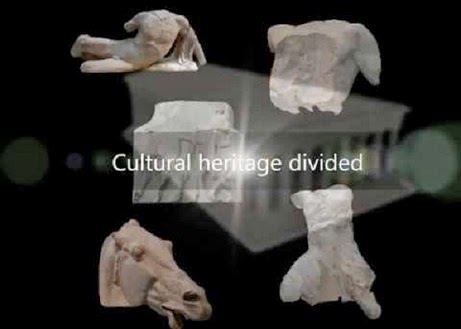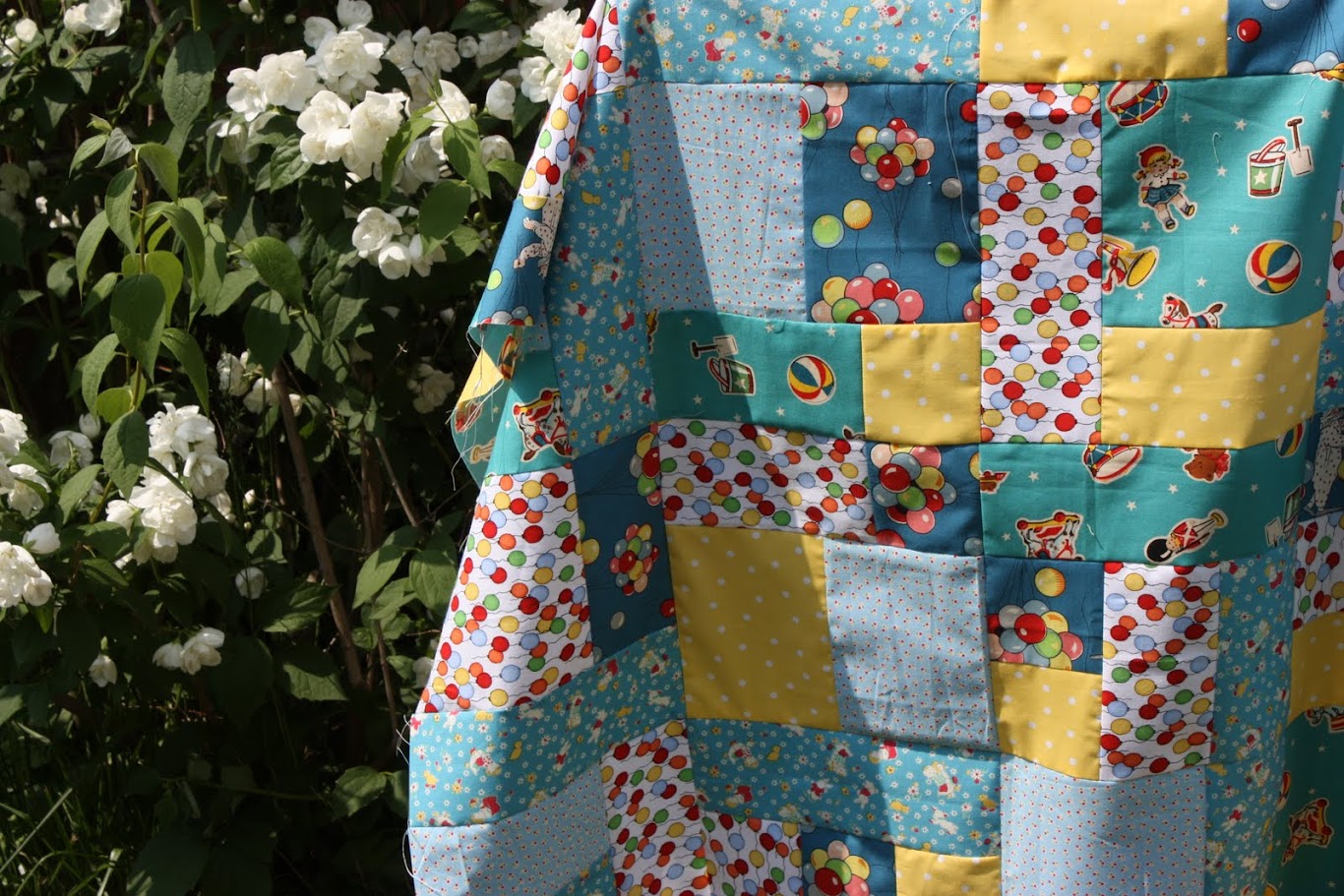Sew La Ti Embroidery [Search results for More Stuff]
North America: Archaeologists call on feds to protect Chaco Canyon area

The Bulldogs (based on an underground comic-book)

My Sewing Space
More Stuff: Herculaneum closed to tourists, staff shortage blamed

More Stuff: Is Greece about to lose the Parthenon Sculptures forever?

Picasso, Matisse and... Tim Burton!..
Do mosquitos ever keep you up at night?
More Stuff: Telegraph: Greece has no legal claim to the Elgin Marbles

Keeping it brief: The Saturdays play live in tiny shorts as Nicola Roberts gets over nerves to make solo onstage debut

My weekend projects
Started and Finished
Some Things I've Been Working on
Tom Andersen talks about horror, 3D & pissing Hollywood off

Vintage Primaries
Crafty Reads
Fit for Real People

W.I.P, part 1
Ladies, I Need Your Help!!
Thanks Mom
piles











